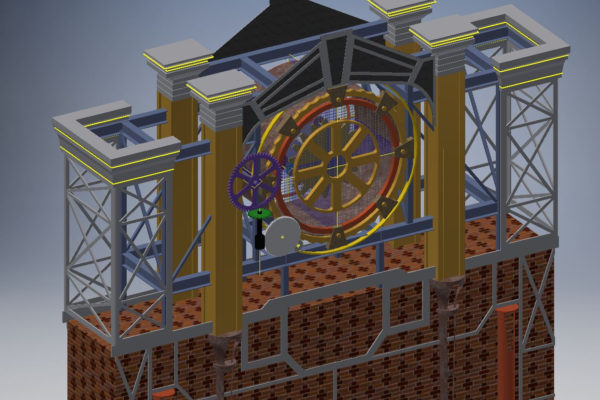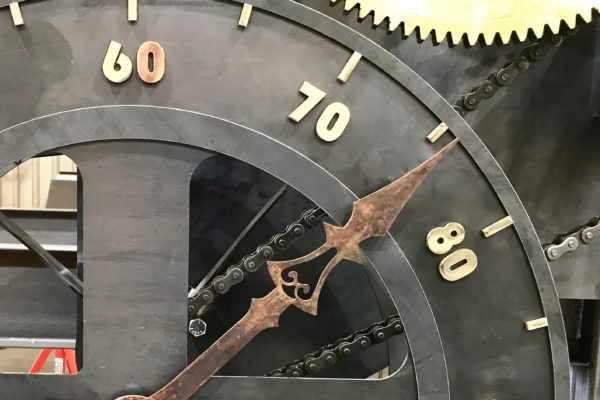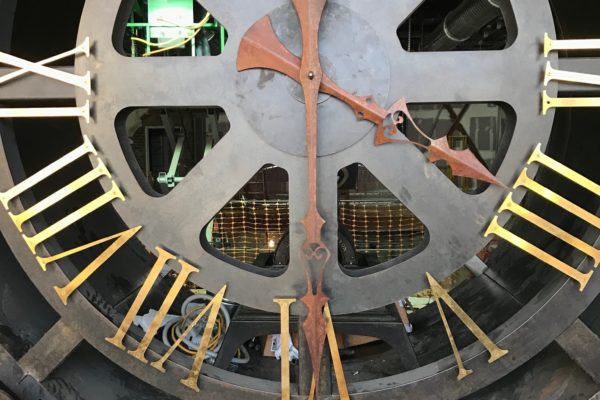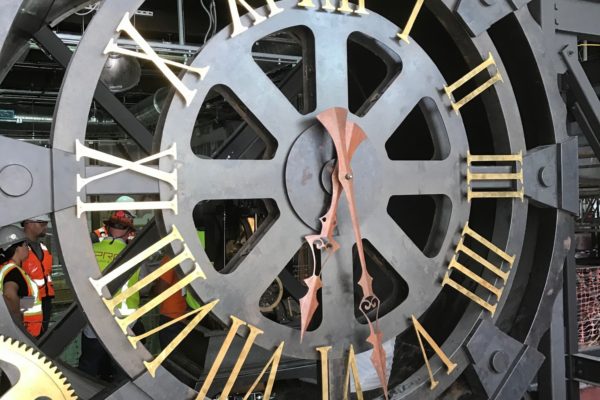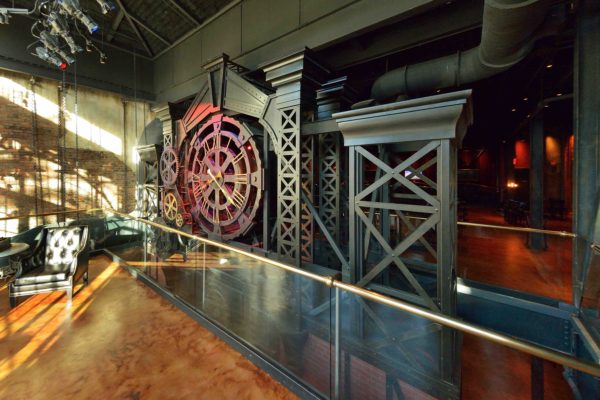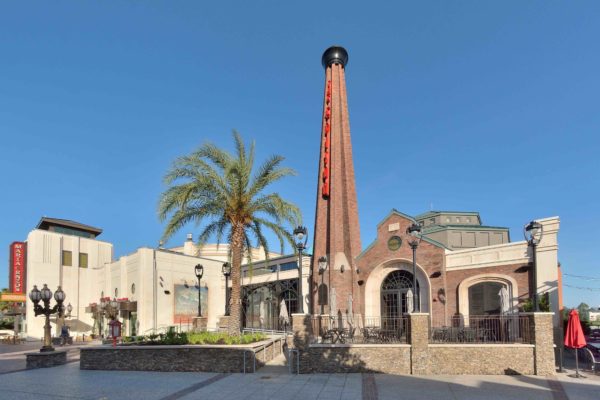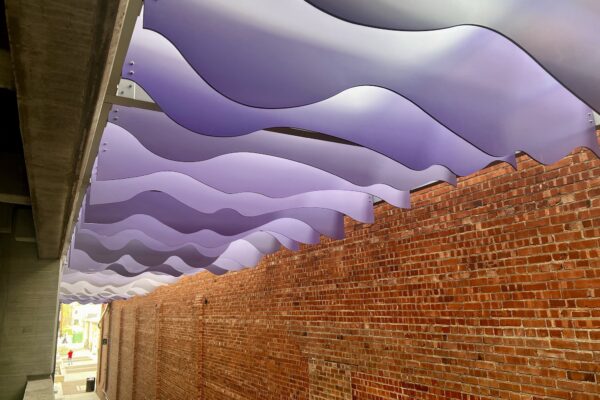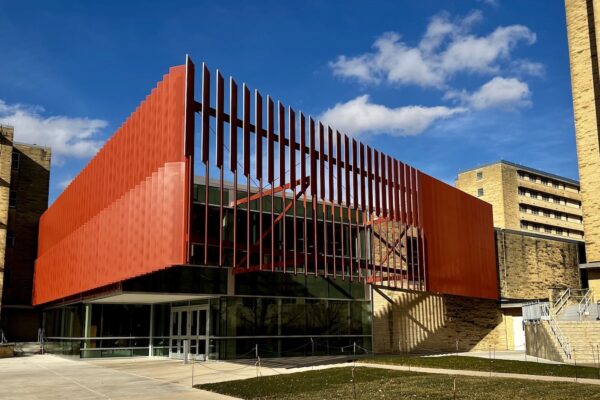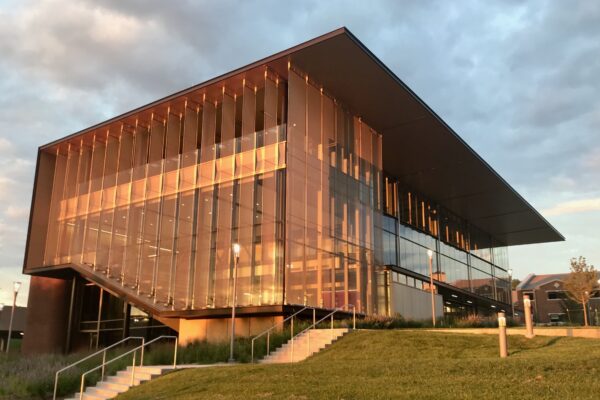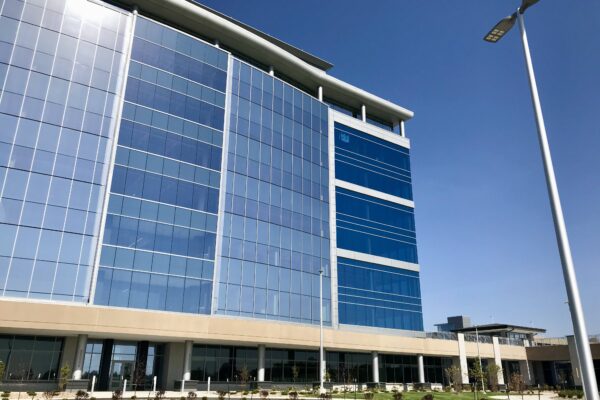Description
“The first thing that you see when you enter The Edison is a giant, massive clock and it really brings you into the Industrial Gothic architecture.” ~ Jamie Ward, Entertainment Manager.
When SSM was originally approached about this high profile project in Orlando, not much information was defined other than a few renderings supplied by the design team. We knew that this was to be a Design / Build assignment where we were asked to make a clock, make it big and make it work.
On projects of this type, the advantages to the Design / Build process are many: the Owner & Designer realize their vision, the roles are defined as is the end product. It is essential to have a high level of trust between all parties. Having executed on a high level on previous work, the Owner knew we were more than capable of executing their vision. Having an experienced team, with a lot of depth, played to SSM‘s strengths.
To accomplish this task, SSM brought together our team: Project Engineer, Design Group, Project Modeler, Project Shop Foreman, the equipment operators, and our Field Foreman along with his Field Team. This knowledge base, of nearly 300 years experience, was one of the keys to the project’s success. By engaging the team early in the process, decisions could be made to help streamline the challenges of creating this signature element for a new restaurant. Visible right as you come through the front door, the 10′ diameter clock face commands your attention and sets the tone for what you can expect as you enter the restaurant.
 SSM first created a 3D parametric computer model of the various parts we would be making to establish the functionality of the various components to ensure that all parts functioned as intended. By testing for fit and function in the computer model, SSM was able to illustrate to our customer that we had a proof of concept design from which to work.
SSM first created a 3D parametric computer model of the various parts we would be making to establish the functionality of the various components to ensure that all parts functioned as intended. By testing for fit and function in the computer model, SSM was able to illustrate to our customer that we had a proof of concept design from which to work.
Once we were ready to begin fabrication, we sent our crew to the job site to laser scan the actual structural steel components upon which our clock would sit. That allowed our team to recreate the structural steel as-built conditions in our shop to insure proper fit up for installation.
With the structural components defined, the size and shape of the clock could be locked down while the overall look and feel of this key feature could be developed further.
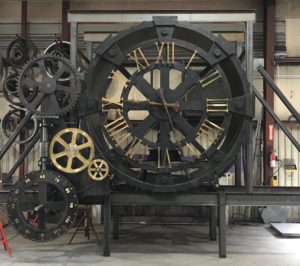 Working with the Design team SSM developed the palette of materials and patina finishes. This created a vocabulary for the various components and enabled the Owner to better visualize the end results while allowing us to establish the processes needed to create the patinas.
Working with the Design team SSM developed the palette of materials and patina finishes. This created a vocabulary for the various components and enabled the Owner to better visualize the end results while allowing us to establish the processes needed to create the patinas.
Once the components were assembled, on our shop floor, we let the clock run for about a month to verify that the parts would operate smoothly. Then, to gain a better understanding of their task ahead, our field crew disassembled the clock components for packaging.
Assembly of the clock components was smooth and everything went together as intended. The end result is an engineering delight, causing all who see it to stop and examine the craftsmanship that went into producing the clock and the various components.


